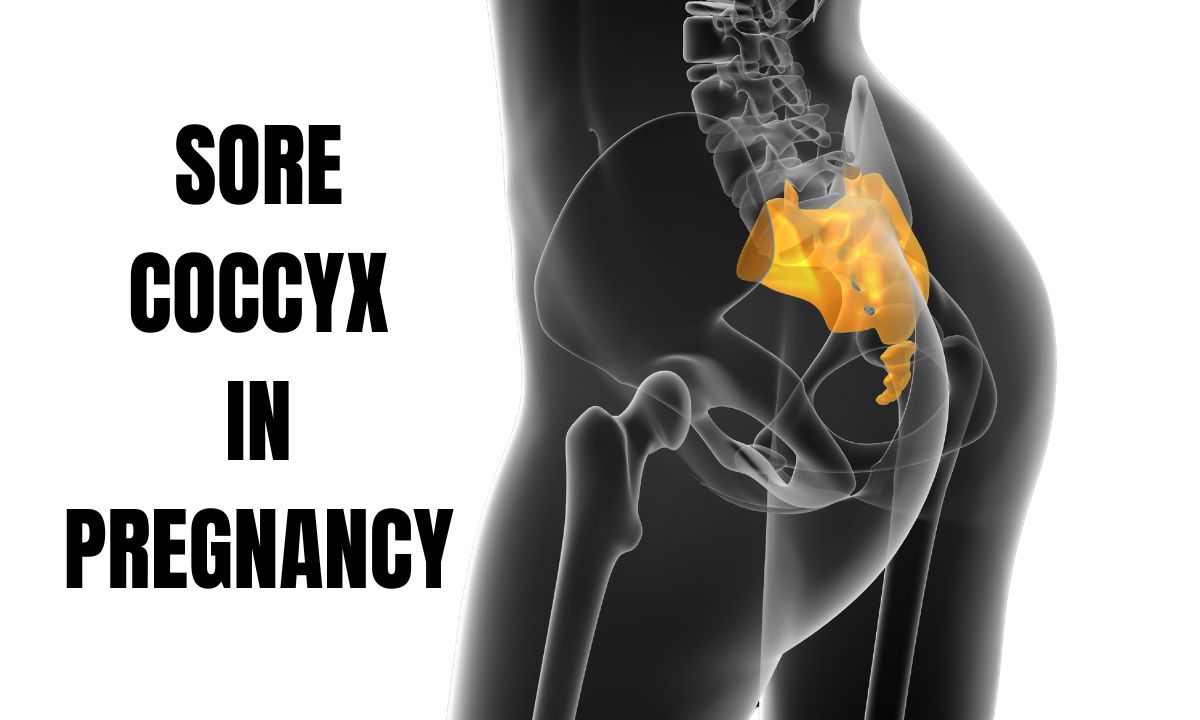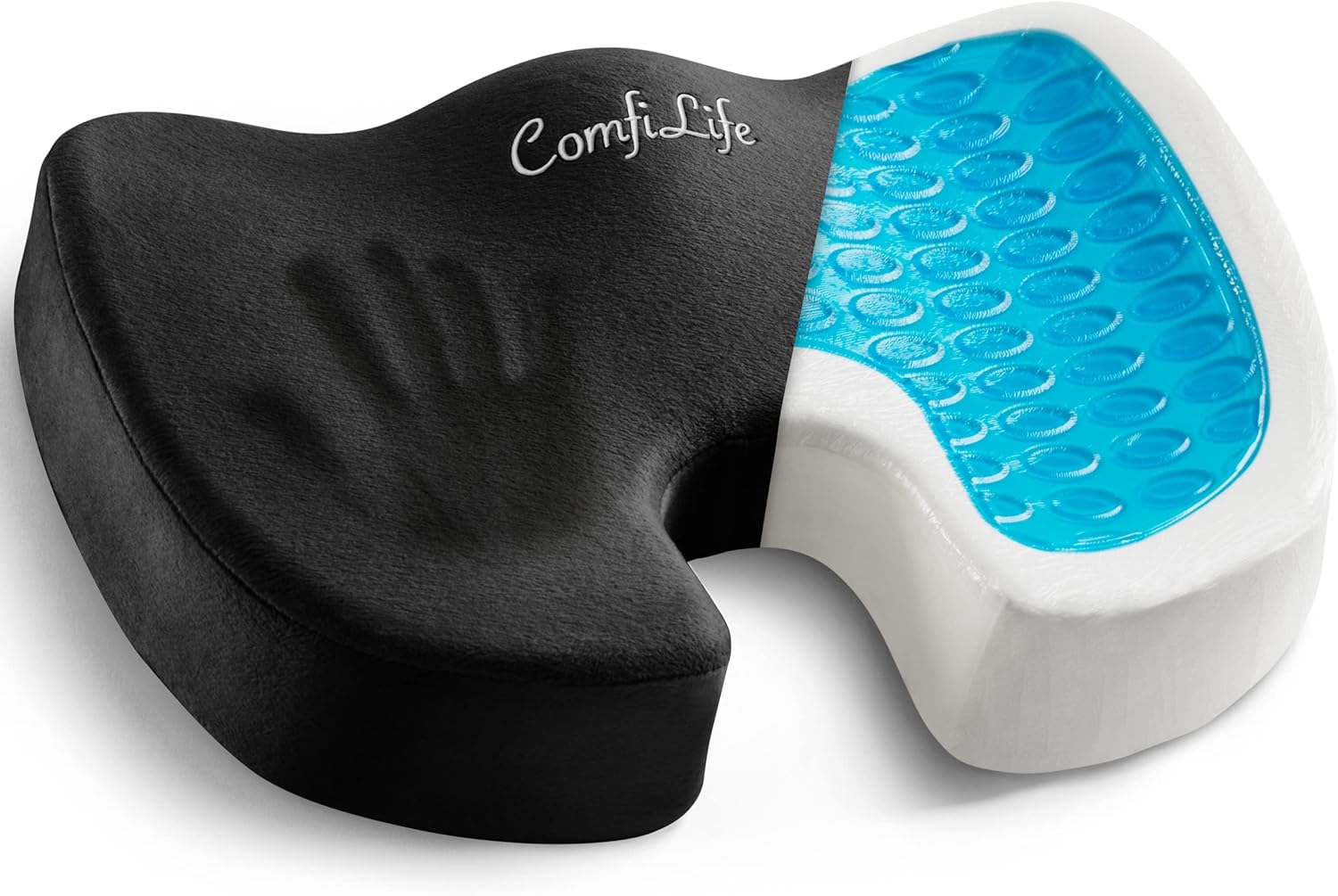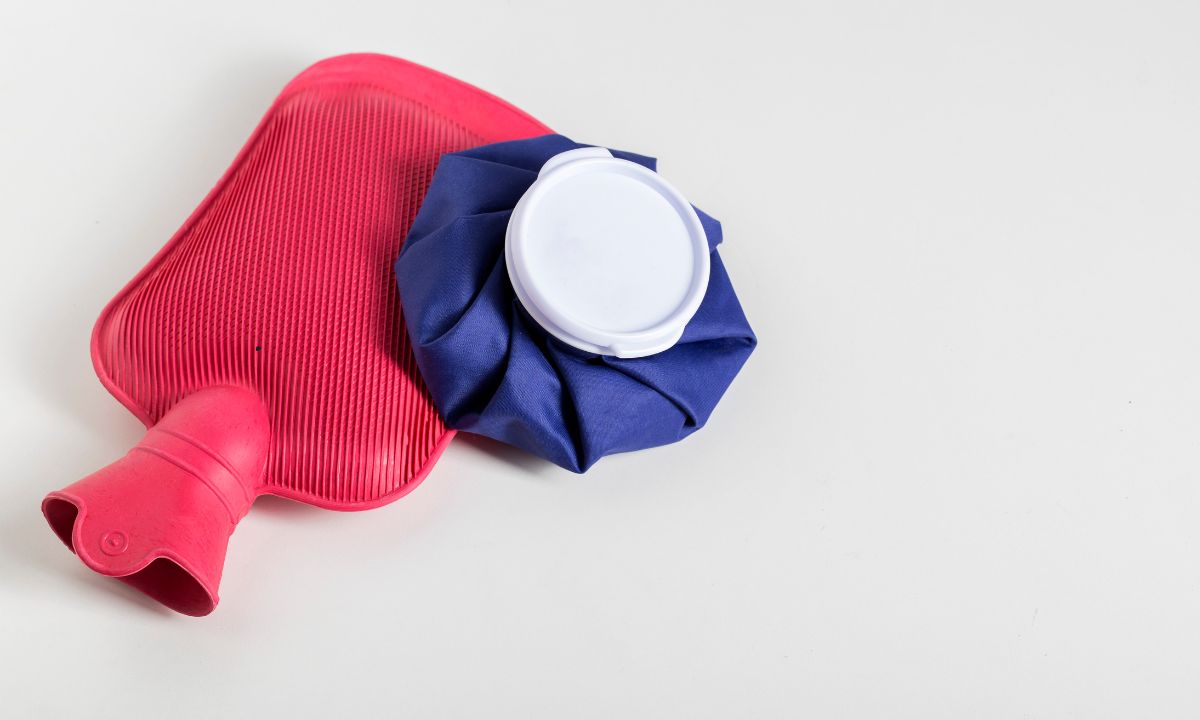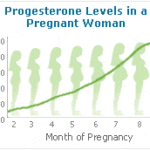
Pregnancy is a time of joy and anticipation, but it can also bring unexpected discomforts, such as pain in the coccyx or tailbone area or coccydynia. This common issue, often caused by hormonal changes, weight gain, and posture shifts, can make everyday activities challenging. The good news? There are effective ways to ease this sore coccyx in pregnancy and enjoy your journey more comfortably.
What Causes Sore Coccyx in Pregnancy?
Have you been wondering, “Why does my tailbone hurt during pregnancy?” You’re not alone! Coccyx pain is a frequent complaint among expectant mothers. It’s often due to the loosening of ligaments around the pelvic area—a natural process to prepare for childbirth. Additionally, the growing baby shifts your center of gravity, which can strain the coccyx.
When does tailbone pain start in pregnancy?
Tailbone pain can begin at any point during pregnancy, but it is often reported during the second and third trimesters as the body undergoes significant changes. Some women may experience discomfort earlier in their pregnancy due to hormonal changes and physical adjustments.
What causes Sore tailbone in the first trimester?
In the first trimester, hormonal changes can lead to increased laxity in ligaments and joints, which may contribute to discomfort in the pelvic area, including the tailbone. Additionally, early pregnancy symptoms such as nausea and fatigue may lead to poor posture, exacerbating tailbone pain.
How does tailbone pain change during the second trimester?
During the second trimester, as the baby grows and weight increases, many women experience more pronounced tailbone pain. The shift in center of gravity can affect posture and put additional pressure on the coccyx. This period is often marked by physical changes that can intensify discomfort.
Is tailbone pain common in the third trimester?
Yes, tailbone pain is quite common in the third trimester. As the body prepares for labor and delivery, additional weight and pressure on the pelvis can lead to increased discomfort in the coccyx area. Many women report that sitting for long periods or certain movements can aggravate this pain.
Can I prevent tailbone pain during pregnancy?
While it may not be entirely preventable due to natural physiological changes, you can reduce your risk of developing tailbone pain by maintaining good posture, using ergonomic seating, staying active, and being mindful of your movements throughout pregnancy.
10 Ways to Ease Sore Coccyx in Pregnancy
While this pain can be bothersome, rest assured that it’s rarely a sign of anything serious and is typically temporary. Let’s explore practical ways to find relief.
1. Maintain Good Posture

Maintaining good posture is crucial during pregnancy. Poor posture can exacerbate coccyx pain by placing additional pressure on the tailbone. To promote good posture:
- Sit up straight with your shoulders back and your feet flat on the floor.
- Use a chair with good lumbar support or place a cushion behind your lower back.
- When standing, distribute your weight evenly on both feet and avoid locking your knees.
By being mindful of your posture throughout the day, you can help reduce strain on your coccyx and alleviate discomfort.
2. Use a Supportive Cushion

Investing in a supportive cushion can make a significant difference in managing coccyx pain. A specially designed coccyx cushion or donut pillow can provide relief by redistributing pressure away from the tailbone while sitting. Here’s how to use one effectively:
- Place the cushion on your chair or car seat before sitting down.
- Ensure that the cut-out section of the cushion is positioned at the back to relieve pressure on the coccyx.
- Use the cushion whenever you sit for extended periods, whether at home, work, or in the car.
This simple adjustment can greatly enhance comfort levels and reduce pain.
3. Practice Gentle Stretching Exercises

Gentle stretching exercises can help relieve tension in the muscles surrounding the coccyx and improve flexibility. Here are some stretches that may be beneficial:
- Cat-Cow Stretch: Start on your hands and knees, arch your back while inhaling (cat pose), then round your back while exhaling (cow pose). Repeat several times.
- Child’s Pose: Kneel on the floor and sit back on your heels while reaching your arms forward on the ground. Hold this position for several breaths.
- Hip Flexor Stretch: Stand with one foot forward and bend that knee while keeping the other leg straight behind you. Lean into the stretch to feel it in your hip flexors.
Always consult with your healthcare provider before starting any new exercise routine during pregnancy to ensure it’s safe for you.
4. Apply Heat or Cold Therapy

Using heat or cold therapy can provide immediate relief from coccyx pain. Here’s how to use both methods effectively:
- Heat Therapy: Apply a warm compress or heating pad to the affected area for 15-20 minutes at a time. This can help relax tight muscles and improve blood flow.
- Cold Therapy: Use an ice pack wrapped in a cloth and apply it to the sore area for 10-15 minutes. Cold therapy can reduce inflammation and numb sharp pain.
Experiment with both methods to see which one provides you with more relief.
5. Engage in Prenatal Yoga

Prenatal yoga is an excellent way to improve flexibility, strength, and relaxation during pregnancy. Many yoga poses specifically target areas that may contribute to coccyx pain:
- Pigeon Pose: This pose stretches the hips and glutes, which can alleviate tension around the tailbone.
- Seated Forward Bend: This pose helps stretch the lower back and hamstrings while promoting relaxation.
- Reclining Bound Angle Pose: This gentle pose opens up the hips and promotes relaxation throughout the body.
Joining a prenatal yoga class or following online videos designed for pregnant women can provide guided instruction tailored to your needs.
6. Stay Active with Low-Impact Exercise

Staying active is essential during pregnancy, but it’s important to choose low-impact exercises that won’t exacerbate coccyx pain. Activities such as walking, swimming, and stationary cycling are great options:
- Walking: A brisk walk can help improve circulation and strengthen muscles without putting too much pressure on your tailbone.
- Swimming: The buoyancy of water reduces stress on joints and provides a gentle workout for your entire body.
- Stationary Cycling: Riding a stationary bike allows you to stay active while minimizing impact on your coccyx.
Always listen to your body and avoid any activities that cause discomfort.
7. Consider Physical Therapy

If coccyx pain persists despite self-care measures, consider seeking help from a physical therapist who specializes in prenatal care. A physical therapist can assess your specific situation and develop a personalized treatment plan that may include:
- Manual therapy techniques to relieve tension in surrounding muscles.
- Tailored exercises to strengthen core muscles and improve pelvic alignment.
- Education on proper body mechanics during daily activities.
Physical therapy can provide valuable support for managing pain effectively.
8. Maintain a Healthy Weight

Gaining weight is a natural part of pregnancy; however, excessive weight gain can put additional pressure on the coccyx. To maintain a healthy weight:
- Follow a balanced diet rich in fruits, vegetables, whole grains, lean proteins, and healthy fats.
- Stay hydrated by drinking plenty of water throughout the day.
- Engage in regular physical activity as recommended by your healthcare provider.
By managing weight gain through healthy habits, you may reduce strain on your tailbone.
9. Use Proper Lifting Techniques

As your pregnancy progresses, you may find yourself lifting heavier objects more frequently (e.g., grocery bags or baby gear). Using proper lifting techniques can help prevent exacerbating coccyx pain:
- Bend at your knees instead of at your waist when lifting objects.
- Keep the object close to your body as you lift it.
- Avoid twisting while lifting; instead, pivot with your feet.
Practicing safe lifting techniques will help protect your back and tailbone from unnecessary strain.
10. Consult Your Healthcare Provider

If you experience persistent or severe coccyx pain during pregnancy, it’s essential to consult with your healthcare provider. They can evaluate your symptoms and rule out any underlying conditions that may require treatment. Your provider may recommend additional interventions such as:
- Prescription medications for pain relief (if deemed safe during pregnancy).
- Referrals to specialists such as obstetricians or chiropractors experienced in prenatal care.
Open communication with your healthcare team will ensure you receive appropriate care tailored to your needs.
Real-Life Experiences from Moms
A 16-week pregnant individual shared:
"My tailbone is always uncomfortable. My doctor says it’s normal due to pelvic shifting, but OMG! No one warned me about this!"
Suggestions from others included:
Prenatal Yoga & Stretches: Regular yoga sessions aimed at the hips and glutes.
Pelvic Floor Assessments: Some women found relief after working with pelvic floor specialists.
Ergonomic Adjustments: Office chairs replaced with exercise balls and using maternity belts improved alignment and comfort.
When should I consult a healthcare provider about tailbone pain?
If you experience severe or persistent sore coccyx in pregnancy that interferes with your daily activities or if you have concerns about other symptoms (such as bleeding or severe discomfort), it is important to consult your healthcare provider for further evaluation and guidance. By understanding when and why tailbone pain occurs during pregnancy, women can take proactive steps to manage their discomfort effectively.
Conclusion
Sore coccyx in pregnancy can be uncomfortable, but with the right strategies, you can find relief and focus on the joys of your journey. By maintaining good posture, using supportive tools, engaging in gentle exercises, and consulting your healthcare provider when needed, you’ll be better equipped to manage this common issue. Remember, every pregnancy is unique, so listen to your body and prioritize what feels best for you. You’ve got this!
Have you experienced sore coccyx in pregnancy? What helped you find relief? Share your tips and thoughts below!
Frequently Asked Questions (FAQs)
Can coccyx pain affect labor and delivery?
No, coccyx pain usually doesn’t interfere with childbirth. However, your doctor can suggest pain management strategies if needed.
When should I see a doctor for coccyx pain?
Consult your doctor if the pain is severe, persistent, or worsens over time.
Are there exercises to avoid during pregnancy?
Yes, avoid high-impact activities, heavy lifting, and exercises that strain the back or abdomen.
Is it safe to use a heating pad while pregnant?
Yes, but keep it on a low setting and limit use to 15-20 minutes to avoid overheating.
Will Sore Coccyx In pregnancy go away?
For most women, coccyx pain resolves postpartum as the body recovers.













